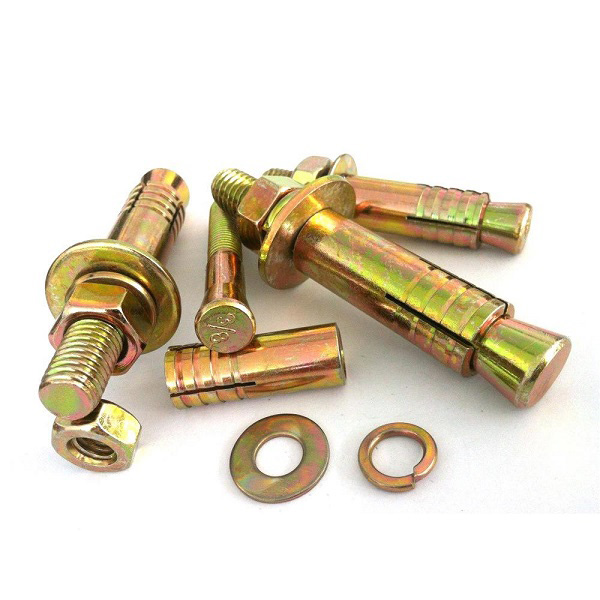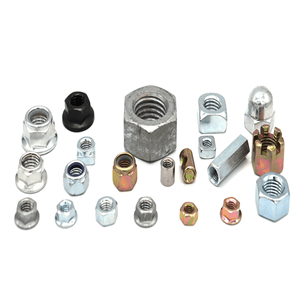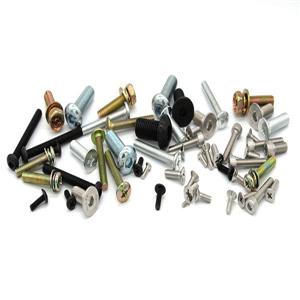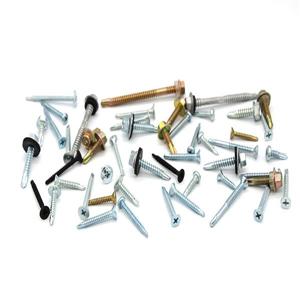Anchor bolt connection and tin plating process
The anchor bolt is a kind of fastener commonly used in bolts. It mainly uses the connection with the ground and objects to play a great role in fixing the object. So do you know the connection method of the anchor bolts and the tin plating process? Next, let's take a look at the connection of the anchor bolts and the tin plating process.
Common connection methods for anchor bolts
One type of fastening is semi-long-term, and parts that are connected using such bolts can be later disassembled but generally cause some damage to the fasteners used. This type of fastening is not available for anchor bolts, but fasteners such as split pins are fasteners of this type.
The other is the permanent fastening of the bolts. This means that the bolts in this way are not separated again, such as riveting or welding. They are fixed to the anchor bolt threads by screwing at the anchor bolt threads. This is a longer-term type.
The third type of bolt fastening is called a detachable fastening method, which is very convenient for later disassembly. For example, the general anchor bolts are installed in this way during installation, which is convenient for later maintenance and replacement work.

Anchor bolt tin plating process
The tin plating process of anchor bolts is classified into two categories: acid plating liquid processing and alkaline tin plating processing. The advantage of acid tin plating is that the plating speed is fast. The coating is bright and detailed, and the deep plating ability is good. The bath is highly tolerant to impurities and operates at room temperature to save energy. The disadvantage is that the dispersion ability of the plating solution is poor, the porosity of the plating layer is high, the brazing is not as good as the alkaline tin plating, and the divalent tin is hydrolyzed.
The acid plating of anchor bolts is divided into sulphate tin plating, fluoroborate tin plating and chloride tin plating due to different conductive media. The cost of sulfuric acid tin plating is low, the plating solution is easy to control, the plating layer is bright and delicate, but the dispersion ability is poor. The market is most widely used.
The advantage of tin-plated fluoroborate tin plating is that the plating speed is fast, large current can be used, and the plating solution has good stability. Widely used for continuous plating of flange nuts, wires and strips. The disadvantage is that the plating solution has high cost, high toxicity and difficulty in treating wastewater.
The anchor bolt chloride tin plating is mainly tinned in crystal grain, which has the advantages of low cost, stable plating solution and white plating. The disadvantage is that the current is not large.
The advantages of alkaline tin plating of anchor bolts are: simple composition, good dispersion of plating solution, fine coating, less pores and good brazing performance. Disadvantages are: high operating temperature, high energy consumption, narrow current range, low current efficiency, no bright coating, hard plating, and large anode effect.
The above is about the anchor bolt connection method and tin plating process introduction. I hope everyone can understand the anchor bolt connection method and the tin plating process, which will help everyone.




